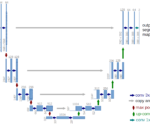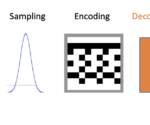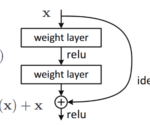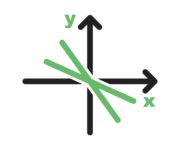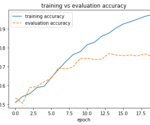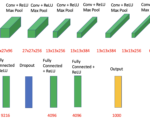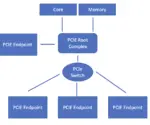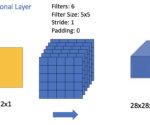Author Archive
Deep Learning for Semantic Image Segmentation: A Worked Example in TensorFlow
On March 18, 2022 In Computer Vision, Deep Learning, Machine Learning
In this post, we will develop a practical understanding of deep learning for image segmentation by building a UNet in TensorFlow and using it to segment images. What is Image Segmentation? Image Segmentation is a technique in digital image processing that describes the process of partitioning an image into sections. Often the goal is
An Introduction to Autoencoders and Variational Autoencoders
On February 13, 2022 In Computer Vision, Deep Learning, Machine Learning
What is an Autoencoder? An autoencoder is a neural network trained to compress its input and recreate the original input from the compressed data. This procedure is useful in applications such as dimensionality reduction or file compression where we want to store a version of our data that is more memory efficient or reconstruct
An Introduction to Residual Skip Connections and ResNets
On February 1, 2022 In Deep Learning, Machine Learning
In this post, we will develop a thorough understanding of skip connections and how they help in the training of deep neural networks. Furthermore, we will have a look at ResNet50, a popular architecture based on skip connections. What are Residual Skip Connections? In a nutshell, skip connections are connections in deep neural networks
How to Find Vector Projections
On January 27, 2022 In Mathematics for Machine Learning
In this post, we learn how to perform vector projections and scalar projections. In the process, we also look at the basis of a vector space and how to perform a change of basis. What is a Vector Projection? A vector projection of a vector a onto another vector b is the orthogonal projection
Building a Convolutional Neural Network for Image Classification: A Step-by-Step Example in TensorFlow
On January 26, 2022 In Deep Learning, Machine Learning
In this post, we will learn to build a basic convolutional neural network in TensorFlow and how to train it to distinguish between cats and dogs. We start off with a simple neural network and gradually work our way towards more complex architectures evaluating at each step how the results are changing. To build
Deep Learning Architectures for Image Classification: LeNet vs Alexnet vs VGG
On January 18, 2022 In Computer Vision, Deep Learning, Machine Learning
In this post, we will develop a foundational understanding of deep learning for image classification. Then we will look at the classic neural network architectures that have been used for image processing. Deep Learning for Image Classification Image classification in deep learning refers to the process of getting a deep neural network to determine
Principal Components Analysis Explained for Dummies
On January 17, 2022 In Classical Machine Learning, Machine Learning
In this post, we will have an in-depth look at principal components analysis or PCA. We start with a simple explanation to build an intuitive understanding of PCA. In the second part, we will look at a more mathematical definition of Principal components analysis. Lastly, we learn how to perform PCA in Python. What
How PCI-Express and PCI work: An Introduction
On January 13, 2022 In Computer Architecture
Peripheral Component Interconnect (PCI) was developed by Intel as a processor-independent bus. PCI is completely in the public domain and became established as a standard for high-speed connections of peripheral devices to the motherboard. Because of its versatility, it has increasingly been used in server systems in the 1990s. PCI Express (PCIe) is a
Building a Neural Network with Training Pipeline in TensorFlow and Python for the Titanic Dataset: A Step-by-Step Example
On January 8, 2022 In Deep Learning, Machine Learning
In this post, we will cover how to build a simple neural network in Tensorflow for a spreadsheet dataset. In addition to constructing a model, we will build a complete preprocessing and training pipeline in Tensorflow that will take the original dataset as an input and automatically transform it into the format necessary for
An Introduction to Convolutional Neural Network Architecture
On December 12, 2021 In Computer Vision, Deep Learning, Machine Learning
In this post, we understand the basic building blocks of convolutional neural networks and how they are combined to form powerful neural network architectures for computer vision. We start by looking at convolutional layers, pooling layers, and fully connected. Then, we take a step-by-step walkthrough through a simple CNN architecture. Understanding Layers in a
